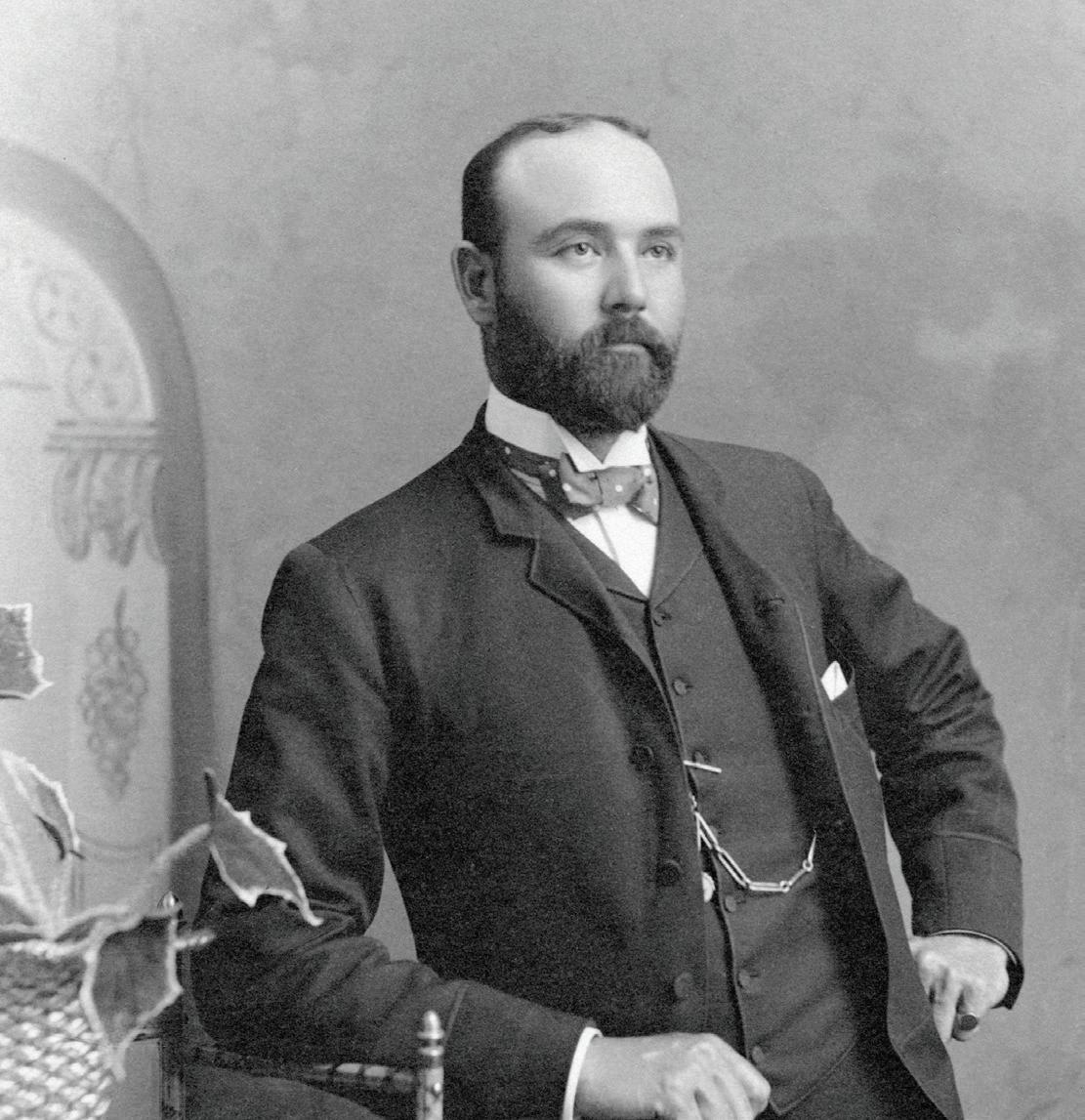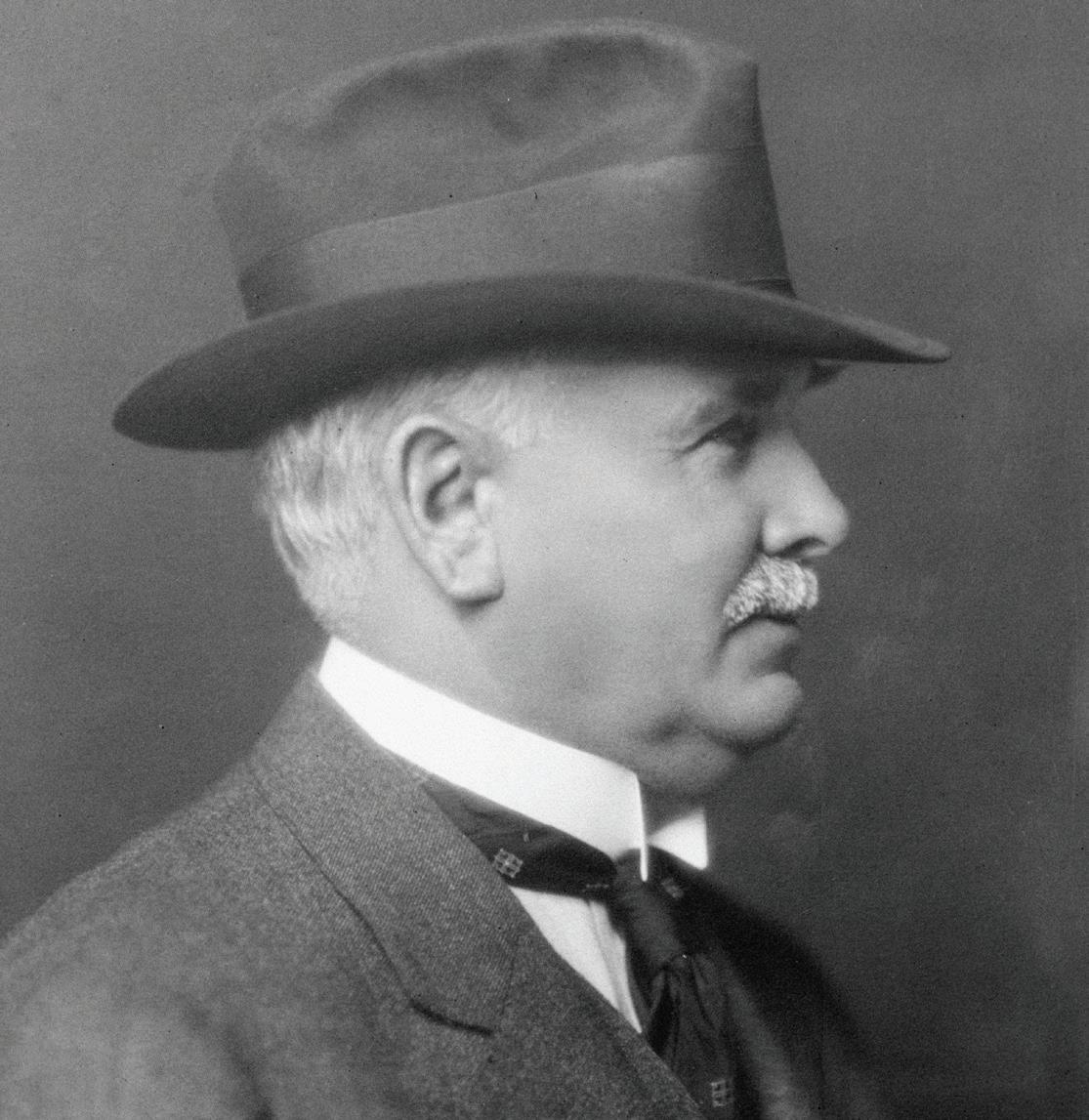
2 minute read
The History of Fish Creek Provincial Park
Fish Creek Provincial Park officially opened in 1975 but people first arrived in Fish Creek valley about 6,500 BC. It is believed that First Nations peoples started using the valley for a bison pound about 4,500 years ago. For more information, be sure to check out the display in the Bow Valley Ranch Visitor Centre.
Horses came into the Fish Creek valley in 1730 and by 1735 the first rifle was shot here. The first European settlers arrived in 1873 followed by the North-West Mounted Police in 1875.
Advertisement
In 1873, John and Adelaide Glenn settled at the confluence of Fish Creek and the Bow River - making them (along with Sam Livingstone) Calgary’s first permanent residents. By 1875, the Glenns had built their second home near today’s Bow Valley Ranch house. While farming, he established a stopping house and trading store. This served the growing traffic between Fort Benton (U.S.A.) and Fort Calgary. The Glenn’s stopping house became a popular rest area for weary travellers.
In 1879, John sold out to the Federal Government so they coulde stablish a Supply Farm to provide the First Nations people in the area with desperately needed provisions. John and Adelaide moved upstream, and built their third and final home at the area now referred to as Glennfield. Here, they raised a family of six children, farmed and they built the first irrigation system in western Canada.

William Roper Hull, Calgary, Alberta
Courtesy of Glenbow Archive; PB-896-3
William Roper Hull and John Hull bought Fish Creek Supply Farm in 1892. The English-born Hull brothers had learned the basics of the cattle industry on their uncle’s cattle ranch in B.C. By the time of this purchase, Hull Brothers Company had become a major force in the local cattle industry.
In 1895, William Roper Hull began irrigating the 800 acres he had under cultivation. Hay yields soared from 90 to 1,200 tons of hay! Hull also cultivated the social life of an elegant class of Canadian ranchers unique to that period. The Bow Valley Ranche, as Hull renamed the farm, became the focal point for their gatherings. The original house burned down, and Hull built the brick two storey home still exists today.

Pat Burns
Courtesy of Glenbow Archive; NB-16-150
In 1902, Hull sold to Patrick Burns who came to dominate the western meatpacking and dairy products industries. Burns changed the purpose and function of the house. The Ranch was no longer the site of parties for the fashionable elite. The only entertainment it hosted was the occasional luncheon for visiting dignitaries and some staff functions.
Burns operated the ranch as a sorting site for cattle brought in on their way to his slaughterhouse. Animals were fattened up there or at his feedlot (near the Calf Robe Bridge on Deerfoot Trail). The Bow Valley Ranch remained in the Burns family until the provincial government bought it in 1972.









